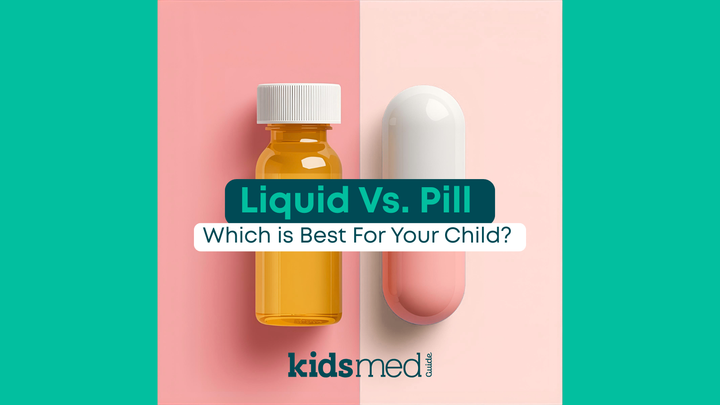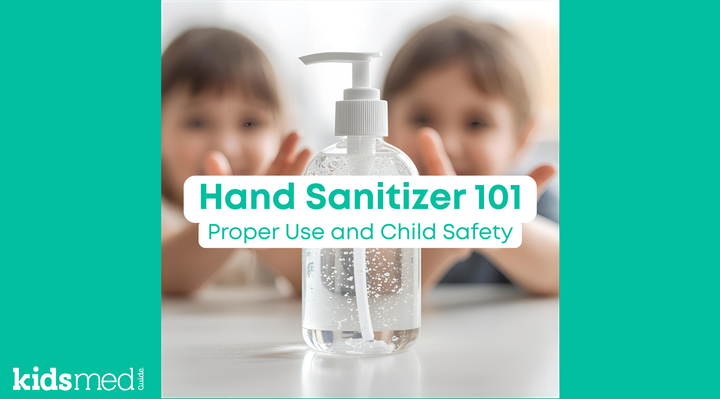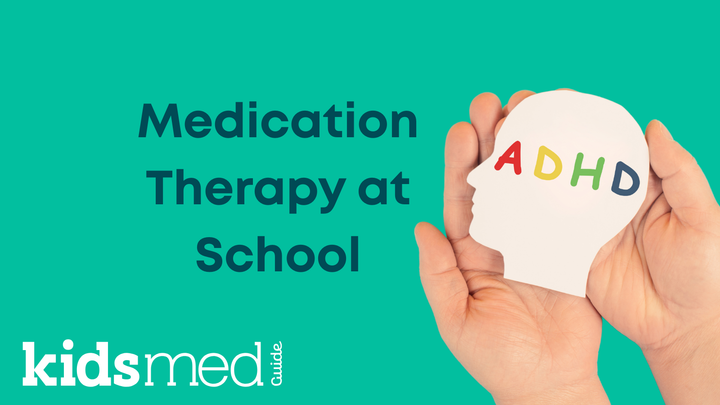How to Read Pediatric Medication Labels: Dosing, Active Ingredients, and Duplicate Warnings
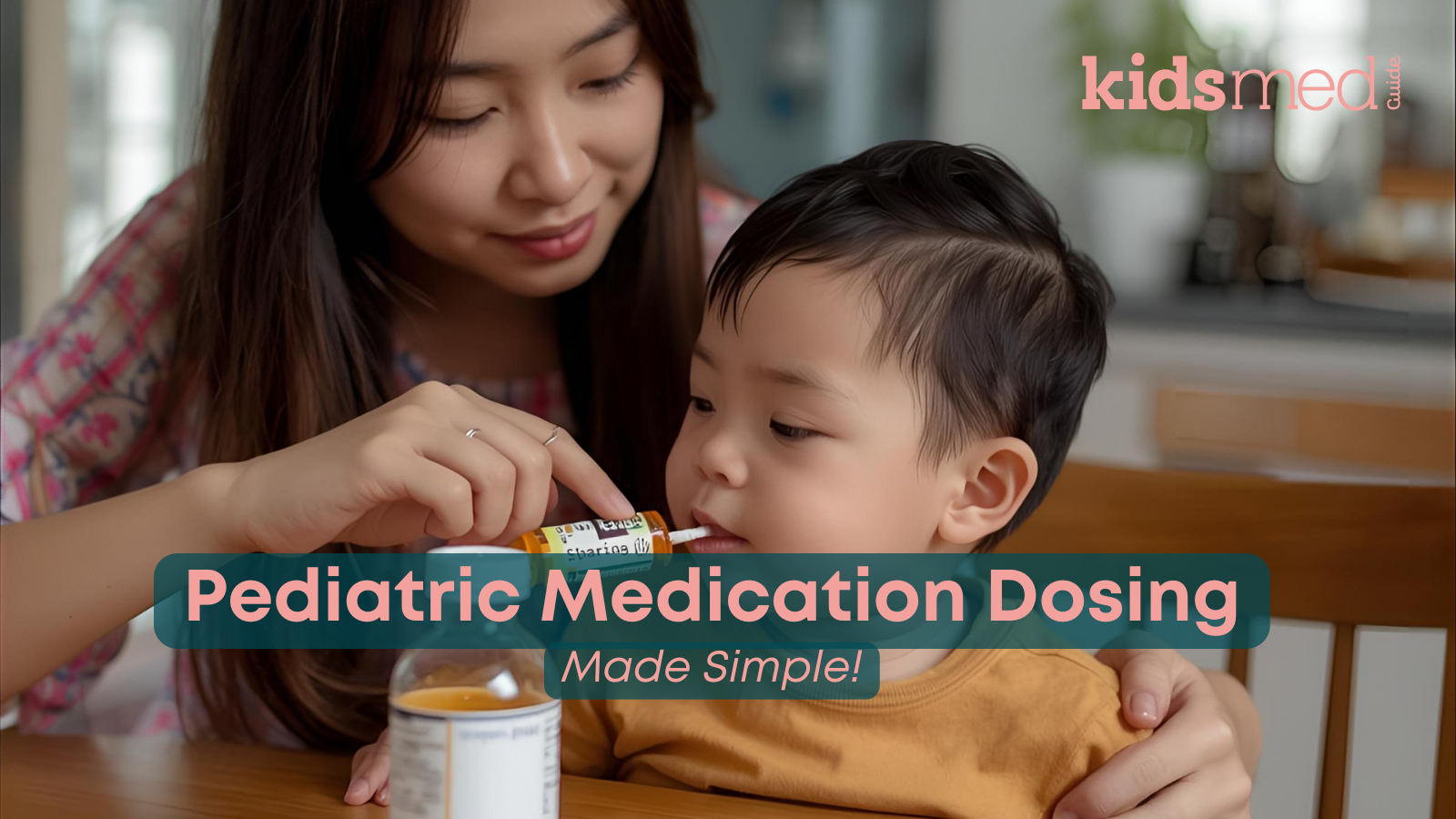
Pediatric drug labels contain important information—such as medication dosages for children, active ingredients, and warnings—but they’re not always easy for parents to understand. Reading a medication label can feel like decoding a foreign language!
Knowing how to read a label is important because understanding how to give your child’s medicine correctly helps prevent mistakes, avoid duplicate or unnecessary medications, and ensure your child receives safe and effective treatment.
Understanding Pediatric Medication Dosing
Safe dosing is fundamental to all pediatric medication use. Many medications for adults are standardized, meaning that all adults receive the same dose (or a range of doses, depending on the drug).
In children, it’s often different. Children are not small adults. They experience rapid periods of growth and development. Their body size and composition, organ function, and metabolism fluctuate throughout infancy, childhood, and adolescence.
Because of this, medication dosing in children differs significantly from that in adults. Pediatric doses are tailored to each drug and/or condition being treated (it’s not a one-size-fits-all approach!), but many factors influence how a pediatric dose is determined.
The bottom line for parents? Only use OTC medication that's approved for your child’s age and always follow the label directions. For prescription medication, always follow your pediatrician’s guidance and the instructions on the prescription label.
When considering pediatric doses, keep the following in mind:
- Weight-based dosing is typically the best choice. If an OTC label specifies both age and weight, follow the weight-based recommendation because it’s more accurate.
- Make sure your doctor’s office and your pharmacy have your child’s age and weight on file. This helps with accurate prescribing and screening for any dosing errors.
- Your child’s medical history is essential to share with all healthcare providers. Kids with liver, kidney, heart, or chronic health issues may require special adjustments for certain medications.
- Share your child’s complete medication list, including supplements and OTC medications, as well as drug allergies, with your medical office and your pharmacy. At home or school, consistently provide caregivers and school nurses with clear instructions, along with the precise dosing device.
Key Elements on a Pediatric Drug Label
Active ingredients
This section explains what is doing the “work” in medicine. The active ingredient is the drug that produces the intended effect. It’s important to check this box because:
- Brand names can be misleading (two cough medicines might contain different ingredients).
- Knowing the ingredients helps prevent giving two medicines that contain the same drug (such as acetaminophen, which is often hidden in both a fever reducer and a cold remedy).
For more information on reading OTC labels, refer to our OTC Medication Label Guide.
For prescription medication, the active ingredient is the drug name. The placement of the drug name on the label varies by pharmacy, but it is usually in a larger or bolded font, typically centered on the label.
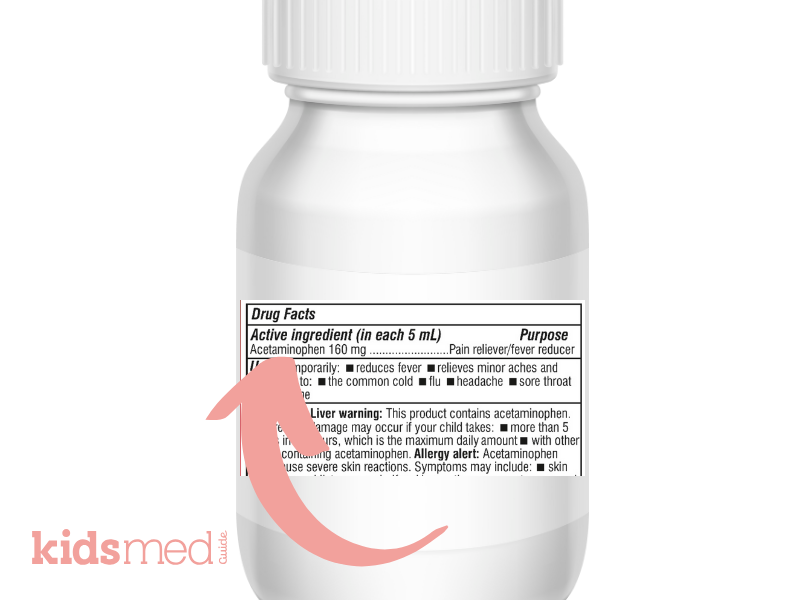
Dosage instructions
Labels specify the amount of medicine to give, how often, and for how long. A few practical points:
- For OTC medications, follow the recommended timing (i.e., “every 6 hours as needed”), and do not go beyond the advised hourly intervals or the maximum daily dose.
- For prescription medication, follow the directions on the bottle precisely. They are customized for your child’s needs!
- Use the provided dosing cup or syringe for liquids, not a kitchen spoon.
- Double-check units and concentrations (such as milligrams versus milliliters, or chewable tablets versus liquids available in different strengths). This is a serious safety concern.
Warnings and side effects
This section may seem like an overload of fine print—and honestly, the font is often sooooo tiny!—but it’s important. The warnings or precautions section of a medication label will:
- Tell you when not to use the medicine (for example, you should not use ibuprofen in infants under 6 months).
- Lists potential side effects to watch for, both common and rare or serious.
- Notes interactions with health conditions or allergies.
Duplicate medication warnings for children
This is a crucial part for parents. Duplicate medication warnings help prevent accidental overdoses.
- Many combination cold and flu medicines contain multiple active ingredients, such as acetaminophen, ibuprofen, or an antihistamine.
- Giving “just a little Tylenol” on top of a combo med that already contains acetaminophen can lead to dangerous double-dosing. Children are especially vulnerable to medication overdoses.
- Always verify the active ingredients of every product your child uses, and contact your doctor or pharmacist if something appears redundant or unclear.
Practical Tips for Safe Pediatric Medication Administration
- Follow the instructions on the medication label or from your doctor. If you're using an OTC medication with your doctor's instructions, make sure the product strength or concentration matches what your doctor recommended.
- Measure carefully. Always utilize the provided syringe or cup for liquid medication.
- Store medication securely, out of children's reach, and away from moisture. Keep medicine in the child-proof container it comes in.
- Keep a medication log. Record the time, dose, and medicine given to prevent duplication—especially useful when multiple caregivers are involved.
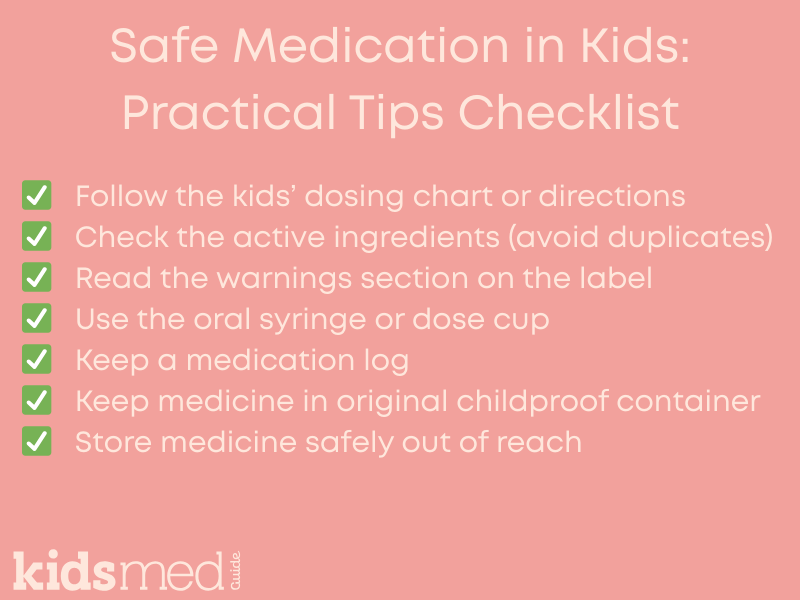
Supporting Children at Home and School
Medication safety extends beyond your medicine cabinet!
- At school or daycare, give the nurse or caregiver the original packaging and dosing device, along with copies of the order or prescription from your pediatrician.
- Share action plans. If your child takes daily or as-needed medications (like for asthma, allergies, or ADHD), ensure the school has a written plan on file and knows when to administer them.
- Communicate clearly. Teachers and all caregivers need to know the last dose given to avoid mistakes.
Conclusion
Reading medication labels and understanding the “why” behind the key parts can be overwhelming, but it’s important for keeping your child safe. Review the active ingredients, dosing instructions, and warnings, and follow your doctor’s or pharmacist’s advice.
For extra tips and advice, review our OTC Medication Label Guide!
FAQ Section
How do I read the active ingredients on a pediatric medication label?
Look for the “Active Ingredient” section, usually at the top of the box or bottle. This tells you the main drug(s) in the medicine. On a prescription label, this information will be the drug name, and it’s usually bolded in large font in the center of the label.
What is the best way to calculate safe medication doses for children?
Follow the label instructions for prescriptions. For OTC medicine, refer to the “Directions” section on the label. Ensure it’s appropriate for your child’s age and/or weight. If both age and weight-based doses are provided, use the weight-based dose, as it is more accurate.
How can I prevent giving duplicate medications to my child?
Check every label for the active ingredient. Avoid giving two medicines that contain the same drug (like acetaminophen).
Are over-the-counter medications safe for children if labels are followed?
Generally, yes—when given exactly as directed and appropriate for your child’s age and weight. Always confirm with your pediatrician if you’re unsure.
Where can I find a reliable children’s medication dosing chart?
Refer to the medication label, consult your doctor’s office, or check guidelines with a pediatric-focused organization such as the American Academy of Pediatrics (AAP).
The following references were used to compile this information:
CDC. (2024, November 18). Medication Safety and Your Health. Medication Safety Program. https://www.cdc.gov/medication-safety/about/index.html
Giving Medicine to Children: Important Safety Information. (2021). Pediatric Patient Education. https://doi.org/10.1542/peo_document047
Lu, H., & Rosenbaum, S. (NaN/NaN/NaN). Developmental Pharmacokinetics in Pediatric Populations. The Journal of Pediatric Pharmacology and Therapeutics, 19(4), 262–276. https://doi.org/10.5863/1551-6776-19.4.262

